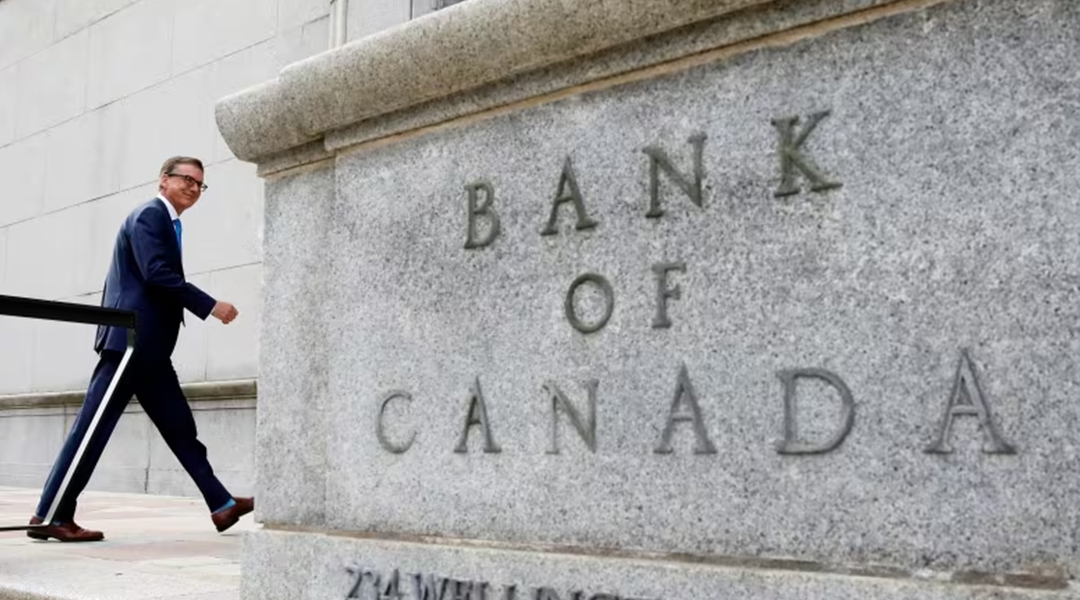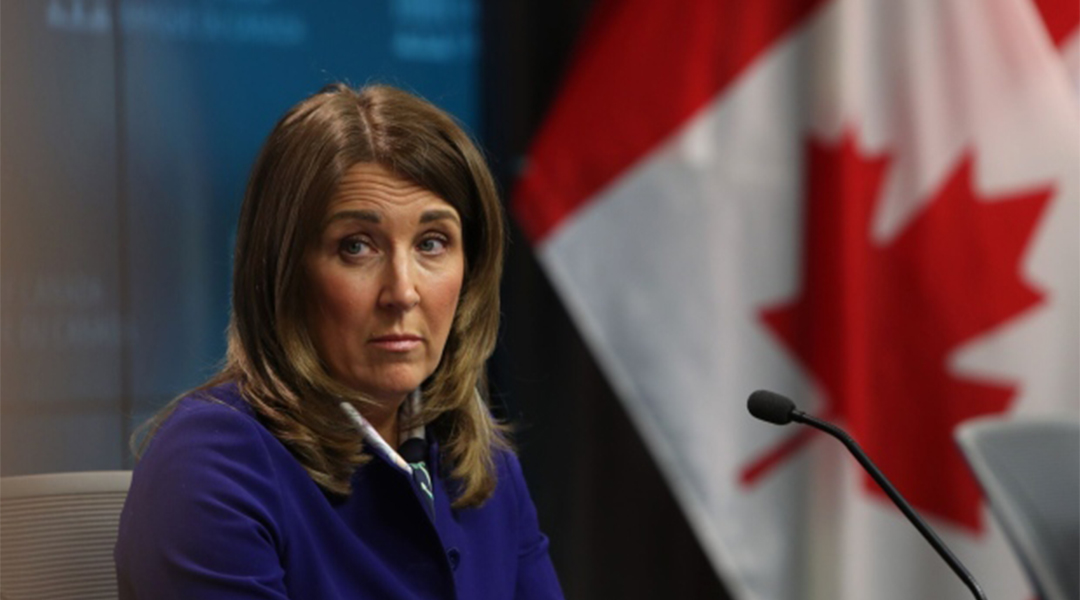The Bank of Canada decided to hold its interest rate steady at 4.5 per cent on Wednesday while the impact of its previous rate hikes filters down through the economy.
The bank's move was widely anticipated by economists, because the bank had telegraphed its intention to hit pause on rate hikes after raising them eight times between March 2022 and February of this year.
After slashing its benchmark lending rate in the early days of the pandemic to keep the economy going, the bank began an aggressive campaign of rate hikes in early 2022 once inflation soared to its highest level in decades.
Canada's inflation rate peaked at more than eight per cent in June 2022, and as of February 2023 had cooled to just over five per cent. Data for March is set to be released next week and it's expected to show the rate has cooled to as low as four per cent.
That cooling is why the Bank of Canada has decided to sit on the sidelines for a while.
In announcing its policy decision on Wednesday, the bank said in the accompanying Monetary Policy Report that it now forecasts the official inflation rate will come down to three per cent by the middle of this year, and get down to its two per cent target rate by the end of next year.
"Getting inflation down to three per cent this summer will be welcome relief for Canadians," Governor Tiff Macklem said at a press conference following the announcement. "But let me assure Canadians that we know our job is not done until we restore price stability."
"That's the destination — we are on our way and we will stay the course."
The bank left the door open to more rate hikes if necessary down the line, but overall the policymakers at the bank made it clear that they think the rate changes so far are having their desired effect, slowing the economy down enough to bring down inflation.
Carolyn Rogers, the bank's deputy governor, said the rate hikes already in place "will bring down consumption but that is monetary policy taking effect — bringing demand down in the economy and restoring the balance we need to get inflation back to target."
Homeowner worried about rate hikes
If the bank is indeed done with rate hikes, it's not a moment too soon for mortgage holders like Eddie Ko.
He and his wife bought a condo in downtown Toronto five years ago, and locked in their mortgage at the time for five years because they were worried about the uncertainty.
But that loan is up for renewal this summer, and Ko says they are being offered mortgage rates that will result in a monthly payment of up to $800 more than they've been paying every month.
"I was expecting the rates should go up, but it was faster than I expected," he told CBC News in an interview.
Ko says the family has cut back on everything but absolute necessities, and he's worried that may not be enough.
"Right now, it's just living day by day, paycheque by paycheque, and there's no way for us to save any more extra money for ... a rainy day fund."
Ko and other mortgage holders like him are breathing a sigh of relief that the bank seems to be done with rate hikes — and even potentially considering rate cuts at some point soon.
But Brett House, who teaches economics at Columbia Business School in New York City, says that's premature.
"They are not going to be in a hurry to cut them when inflation is still above its target and we see pressures that remain quite strong from the real side of the economy," he told CBC News in an interview. "It's wishful thinking."
While bringing inflation down to the two per cent level it targets is the central bank's top priority, House says the bank will be very much aware of how its recent slew of rate hikes is impacting Canadian households as they renew home loans at higher rates than they have in years.
"I think it is a major concern and it's one of the reasons why not only is the Bank of Canada reluctant to begin cutting too soon, it's also reluctant to push rates up further," House said. "We're already seeing tightening credit conditions for small businesses and the prospect of household finances being hit by those renewals at higher interest rates will cut into the available spending power or families."













